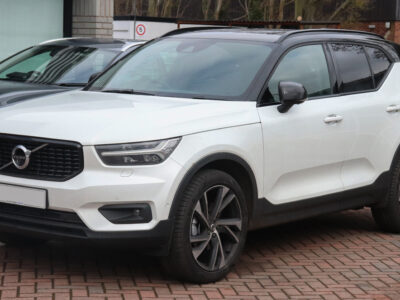
Volvo XC40 Engine Specs
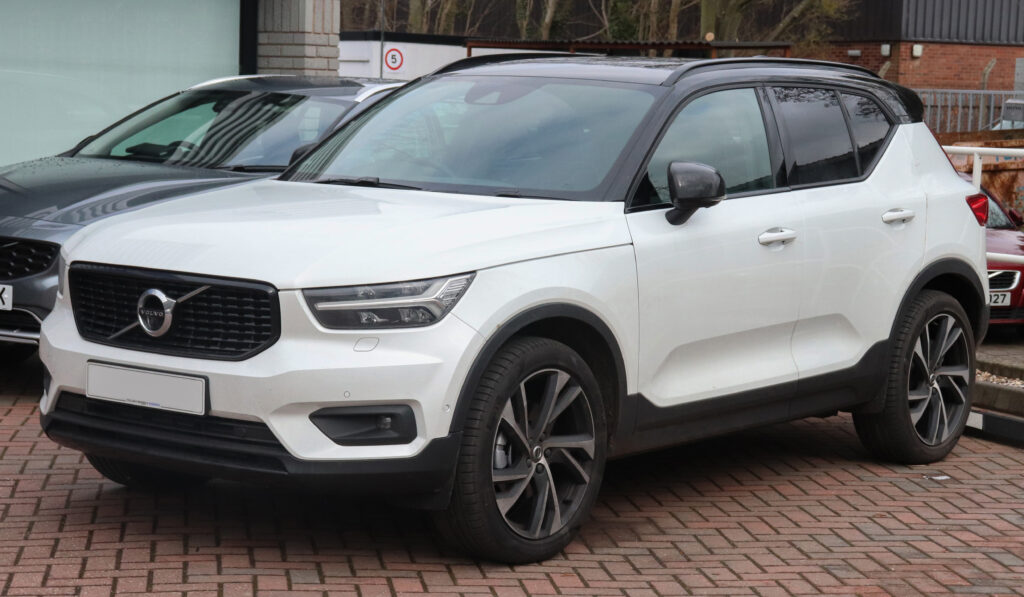
Overview of the Volvo XC40 Engine Line-Up
The Volvo XC40 stands as one of the most versatile compact SUVs on the market, offering a refined balance between performance, efficiency, and Scandinavian engineering precision. Across its production years, the XC40 has been equipped with several powertrains ranging from efficient three-cylinder petrol engines to powerful four-cylinder mild hybrids and plug-in hybrid variants.
Engine Options and Displacements by Model Year
Petrol and Mild-Hybrid Engines
The latest XC40 models feature a 2.0-litre turbocharged four-cylinder engine paired with a 48-volt mild-hybrid system. In its strongest form, this engine produces 247 hp and 258 lb-ft (≈ 350 Nm) of torque, providing brisk acceleration and smooth power delivery.
In other global markets, the “B4” mild-hybrid version of the same 2.0 L engine generates around 197 hp (145 kW) and 300 Nm of torque, focusing on a blend of performance and fuel efficiency.
Earlier petrol versions, like the 1.5 L three-cylinder T3 engine, produced approximately 156 hp and served as the entry-level option for the model.
Diesel and Plug-In Hybrid Options
Diesel variants, mainly sold in Europe, include the 2.0 L D3 and D4 versions producing up to 190 hp. The plug-in hybrid XC40 Recharge T5 PHEV combines a smaller-displacement turbo petrol engine with an electric motor to deliver a total output between 200 hp and 260 hp, depending on configuration.
You may be interested in reading Volvo XC40 Gas Tank Size and Fuel Range Guide (2022–2025)
Volvo XC40 Gas Tank Size and Fuel Range Guide (2022–2025)Key Performance Metrics
Horsepower and Torque
- The top mild-hybrid petrol version delivers 247 hp and 258 lb-ft of torque.
- The mid-range B4 variant provides around 197 hp and 221 lb-ft (≈ 300 Nm) of torque.
- The early 1.5 L T3 offers 156 hp and 195 lb-ft (≈ 265 Nm).
Acceleration and Real-World Performance
- The 2.0 L mild-hybrid 247 hp model accelerates from 0-60 mph in about 6.1 seconds.
- The 197 hp mild-hybrid variant achieves 0-100 km/h in roughly 7.6-8.5 seconds.
- Earlier petrol or diesel versions generally reach 100 km/h in 8.5-10 seconds, depending on drivetrain.
Fuel Efficiency
- The 2.0 L B5 AWD mild hybrid averages around 23 mpg city / 30 mpg highway / 26 mpg combined.
- European B4 petrol mild-hybrids consume approximately 6.6-7.3 L/100 km combined.
Technical Engine Specifications
Engine Block and Design
All Volvo XC40 petrol engines belong to the Volvo Engine Architecture (VEA) family, known for compact, modular design and high-efficiency turbocharging. The range includes both three-cylinder and four-cylinder configurations, using aluminium blocks to reduce weight while maintaining durability.
Transmission and Driveline
The 2.0 L mild-hybrid XC40 is paired with an 8-speed Geartronic automatic transmission and all-wheel drive in most markets. Lower-output engines, such as the 1.5 L petrol or certain diesel variants, were available with a 6-speed manual gearbox and front-wheel drive.
Towing Capacity
- The mild-hybrid petrol variant with 247 hp can tow up to 3,500 lbs (≈ 1,588 kg).
- In Europe, the B4 AWD models reach towing capacities of around 2,000–2,100 kg, depending on configuration.
Year-by-Year Engine Evolution
| Model Year | Engine Type / Displacement | Power Output | Key Highlights |
|---|---|---|---|
| 2018-2019 | 1.5 L I-3 Petrol / 2.0 L I-4 Petrol / 2.0 L Diesel | 156–190 hp | Introduction of CMA platform and first XC40 generation |
| 2020-2022 | 2.0 L B420 Mild Hybrid | 197–247 hp | Start of mild-hybrid technology and improved efficiency |
| 2023-2025 | 2.0 L B5 Mild Hybrid | 247 hp | Standard AWD, improved emissions, and quicker acceleration |
Mild-Hybrid B4 vs High-Output B5 Comparison
| Specification | B4 (2.0 L Mild Hybrid) | B5 (2.0 L Mild Hybrid) |
|---|---|---|
| Horsepower | 197 hp | 247 hp |
| Torque | 221 lb-ft (≈ 300 Nm) | 258 lb-ft (≈ 350 Nm) |
| 0-60 mph | ~8.1 s | ~6.1 s |
| Drivetrain | Front-wheel drive (FWD) | All-wheel drive (AWD) |
| Fuel Economy | 25 mpg city / 32 mpg highway | 23 mpg city / 30 mpg highway |
This table highlights how both mild-hybrid engines share architecture but differ in output and driveline configuration, offering buyers a choice between efficiency and power.
You may be interested in reading Volvo XC40 Gas Tank Size and Fuel Range Guide (2022–2025)
Volvo XC40 Gas Tank Size and Fuel Range Guide (2022–2025) Volvo XC40 Tyre Pressure Reset & TPMS Troubleshooting Guide (2015–2025)
Volvo XC40 Tyre Pressure Reset & TPMS Troubleshooting Guide (2015–2025)Market-Specific Variations
- In some markets, B4 petrol mild-hybrid versions are tuned for lower emissions and fuel efficiency.
- The B5 AWD variant is primarily offered in North America, combining sporty acceleration with all-weather traction.
- Earlier T3 1.5 L models served as cost-effective options for entry-level buyers.
- Diesel engines were gradually phased out as Volvo transitioned toward electrified powertrains.
- The Recharge EV models now represent the future of the XC40 line, delivering electric performance and zero tailpipe emissions.
Maintenance Considerations
To preserve optimal performance, Volvo recommends:
- Oil and filter change every 5,000–7,500 miles (or every 6–12 months).
- Air filter replacement every 15,000–30,000 miles.
- Timing belt change every 60,000–100,000 miles (if equipped).
- Coolant replacement every 2–5 years.
- Battery inspection twice a year and replacement every 3–5 years.
- Spark plugs replaced between 30,000–100,000 miles, depending on the plug type.
Regular maintenance ensures maximum engine lifespan and avoids costly repairs or performance loss.
Summary
The Volvo XC40 engine lineup showcases the brand’s engineering evolution—starting with efficient three-cylinder petrols, advancing through robust 2.0-litre turbocharged units, and culminating in sophisticated mild-hybrid and electrified systems. The current 2.0 L B5 AWD variant delivers an ideal combination of 247 hp, 258 lb-ft of torque, an 8-speed automatic transmission, and 6.1-second acceleration from 0-60 mph.
Meanwhile, the B4 FWD offers greater economy with 197 hp and a lighter footprint. Whichever engine is chosen, every XC40 exemplifies Volvo’s focus on efficiency, reliability, and performance—hallmarks that define the modern compact luxury SUV segment.
 Volvo XC40 Gas Tank Size and Fuel Range Guide (2022–2025)
Volvo XC40 Gas Tank Size and Fuel Range Guide (2022–2025) Volvo XC40 Tyre Pressure Reset & TPMS Troubleshooting Guide (2015–2025)
Volvo XC40 Tyre Pressure Reset & TPMS Troubleshooting Guide (2015–2025)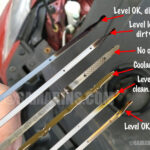 Volvo XC40 (2019–2025): How to Check the Engine Oil Level
Volvo XC40 (2019–2025): How to Check the Engine Oil LevelIf you want to know other articles similar to Volvo XC40 Engine Specs you can visit the category Service and Parts.
Deja una respuesta

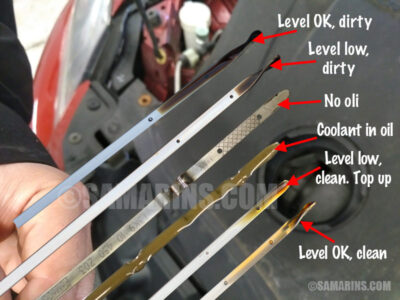
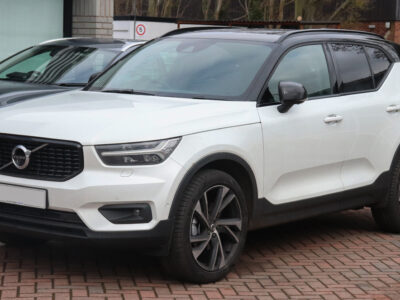
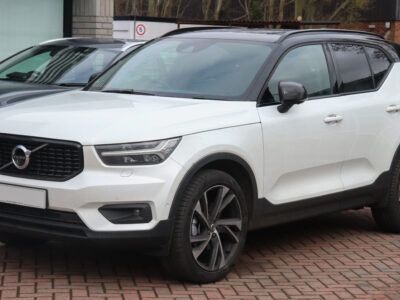
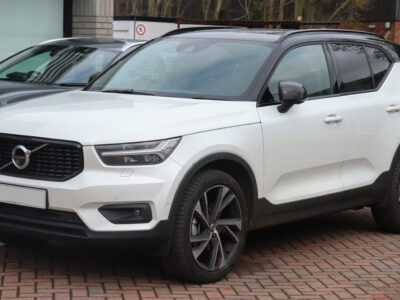
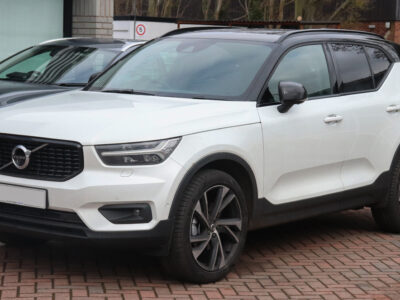
More content of your interest